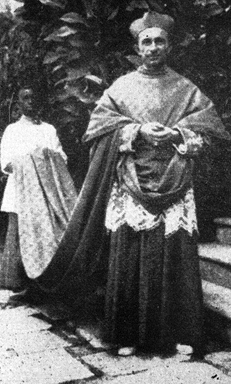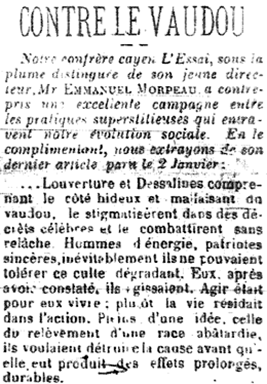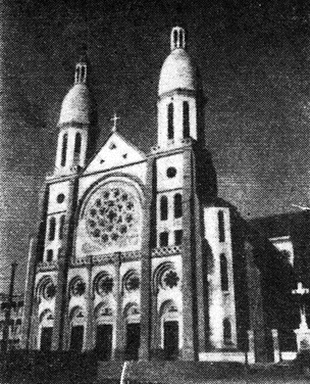"The Catholic Church and Vodou" by Alfred Métraux (1902-1963)
An excerpt from Métraux’s Le Vaudou haïtien (1959), translated to English by Hugo Charteris. Métraux was a Swiss anthropologist who went to Haiti with UNESCO in the 1940s. While in the Marbial Valley he studied Vodou.
Most Catholic priests in Haiti come from Brittany where there is a seminary specially to train them. When they find themselves confronted, not by good Catholics who dabble in a few harmless superstitions, but by parishioners who are visited by—and maintain familiar relationships with—spirits, they feel bewildered and helpless. Neither the milieu in which they have lived nor their training fits them to face such a state of affairs. Far from pitying the ignorance and credulity of their flock, most of them, whether they are French or Haitian, look upon Vodou as the work of the devil—a demonic manifestation against which they must fight with every means at the Church’s disposal.
The first official attempt on the part of the Church to combat Voodoo dates back to 1896. The Bishop of Cap Haitien, Monseigneur [François-Marie] Kersuzan, launched against ‘superstition’ a campaign of conferences, gatherings and sermons which resulted in the creation of the "League against Voodoo," an organization which in the parishes was to work through the curés—but the success of this league was apparently moderate. In a synodical address Monseigneur Kersuzan complained of not being supported by the authorities, although the President himself had assured him of his support. He added "in certain places even intelligent and educated people are siding with fetishism and this is leading the common folk astray."
Inthe same breath as he denounced the evils of Voodoo, Monseigneur Kersuzan threatened Voodooists with serious sanctions. Those who took part in a ceremony were deprived of the right to communicate, hougan and mambo could not become godfathers or godmothers, and for their absolution they had to go to the diocesan bishop.


